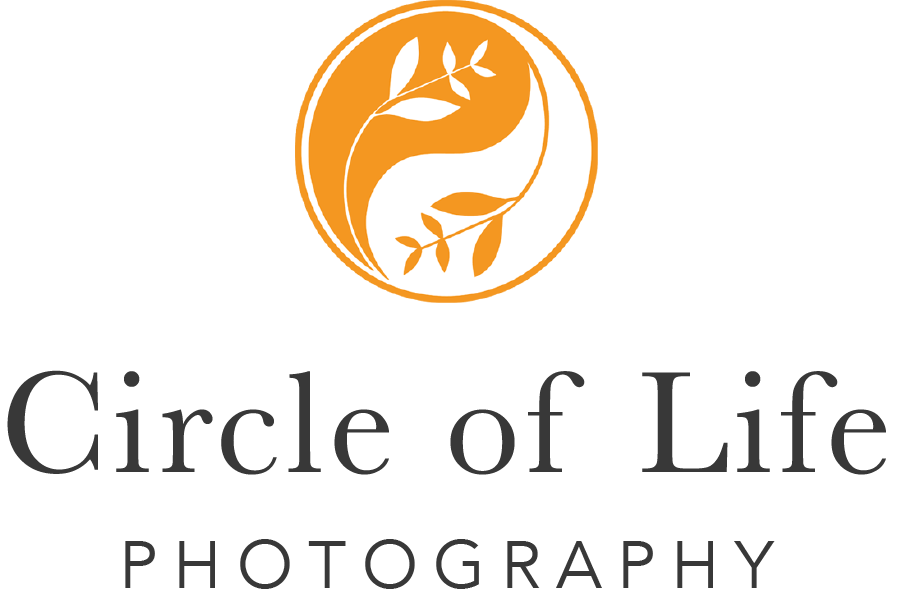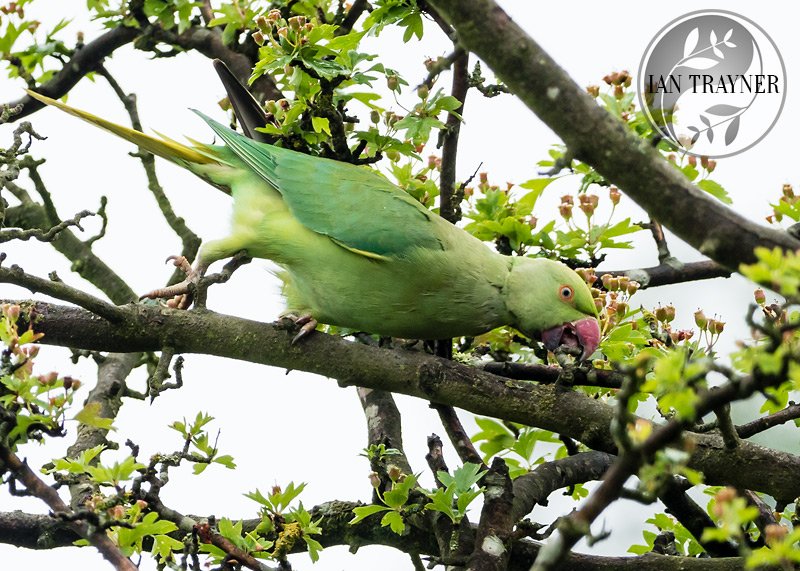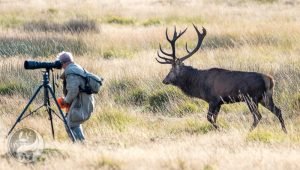Photographing parakeets
Have you ever watched someone who is very drunk walk? They tend to wobble and hold on to objects for support. I was out walking with my camera and saw something that reminded me of that. It was a ring necked parakeet walking along a branch.
So I took a few snaps. It seemed a good opportunity to test my 300mm Olympus lens.
I have always thought there is something “comical” about the faces (expressions?) of parrots. The ring necked parakeet is a beautiful bird. Even if it does make a lot of noise and is a pest to fruit gardeners.
By association… one of the sounds they make closely resembles the beep made by studio flash heads after recharging. I was walking through Richmond Park once, and wondered why there were so many flash units going off in the woods all round me.
Slideshow
But I digress.. I took a few photos of the parakeet and made a slideshow. I hope you enjoy it (1minute 47 seconds). (I have a license for the music). NB Once the video has started, you can right click and view the video at it’s proper size.
You may be wondering why I didn’t capture the bird’s behaviour with video? I am a stills photographer, and haven’t gotten around to fiddling with video yet. On the good side of course, because these are a series of still images, one can tell that the parakeet really does walk with his beak. To be honest I am not certain if the parakeet actually grips something the first time. What do you think?
Am I following in the footsteps of the photographer Eadward Muybridge? It was he who famously used photography to investigate whether all four feet of a galloping horse are ever all off the ground at the same time. (I thank fellow photographer Chris for reminding me about Eadward Muybridge at a recent “PortraitX” photo shoot. He also told me that Eadward Muybridge came from my home town, which is Kingston upon Thames). But I am just fooling – what I am doing is not really comparable to that.
Technical
The photos were taken using the Olympus OMD EM-1 mark 2 fitted with the 300mm Zuiko lens. This camera is a “micro four thirds” camera, so the magnification of the 300mm lens (at the focus distance) is the same as a 600mm lens on a full frame camera. This means wobble is an issue. These photos were taken using a tripod. Settings were F5.6, 1/160s, iso 400. I have found that noise starts to become a problem even at an iso of 800 using this camera. This means that if you want to keep the iso below 800, one does not have a lot of leeway when it comes to deciding what shutter speed and aperture to use. I was surprised to see so much movement blur in the parakeets feet at a shutter speed of 1/160s! I guess although the body moves slowly along the branch, at moments his wee feet move with lightning speed.
Caveat
I am not a professional wildlife photographer, and I only take wildlife photos as a hobby. The main reason I invested in the Olympus camera system was to get hold of a professional quality long zoom without having to buy, or lug around, a huge zoom for a full frame camera.






